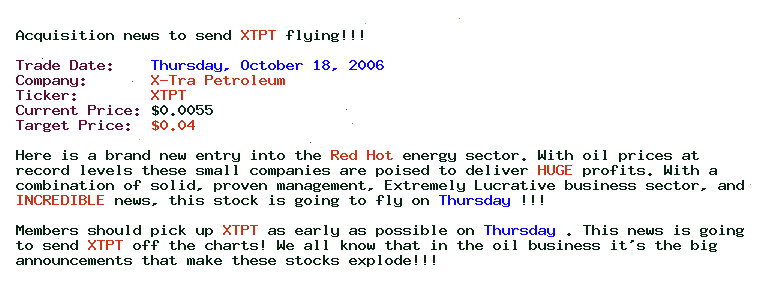
The terminal ethyl carboxylate group is coplanar with the fused ring system. The carboxylate arms of the ligand chelate to the metal, which shows square-antiprismatic coordination. O hydrogen bonds that link adjacent molecules into one-dimensional extended chains.
O hydrogen bonds to form centrosymmetric hydrogen-bonded dimers.
Both five-membered rings have envelope structures.
The crystal packing is stabilized by van der Waals forces. N hydrogen bonds, leading to a chain structure. Of the four substituents viz.
O hydrogen bonds are observed. O hydrogen bond, forming chains extended in the a-axis direction. O hydrogen bonds, forming a two-dimensional network. O hydrogen bonds between the carboxyl groups.
All bond lengths and angles show normal values. O interactions are found in the crystal structure. S interactions promote two-dimensional packing parallel to the ac plane, and form a three-dimensional network. , tert-butyl, aryl, bromo and methoxy groups, the former two occupy equatorial positions and the latter two are placed axially on the cyclohexanone ring.
O hydrogen bonds, linking the molecules into chains.
N hydrogen-bonding interactions which give rise to dimers in the solid state.
A phenylethynyl-substituted benzene ring is fused to a seven-membered ring, which binds two of the N atoms from separate rings of the glycoluril system.
Both five-membered rings have envelope structures.
O hydrogen bonds link the molecules, forming a network, which may be effective in the stabilization of the crystal structure. , tert-butyl, aryl, bromo and methoxy groups, the former two occupy equatorial positions and the latter two are placed axially on the cyclohexanone ring. The coordination environment of the Pu atom is a distorted square antiprism.
The conformers are linked by bifurcated three-centre hydrogen bonds, forming chains running along the a axis.
The diacid anions and uncoordinated water molecules fill the space between the layers. O hydrogen bonds to form centrosymmetric hydrogen-bonded dimers.
Both five-membered rings have envelope structures.